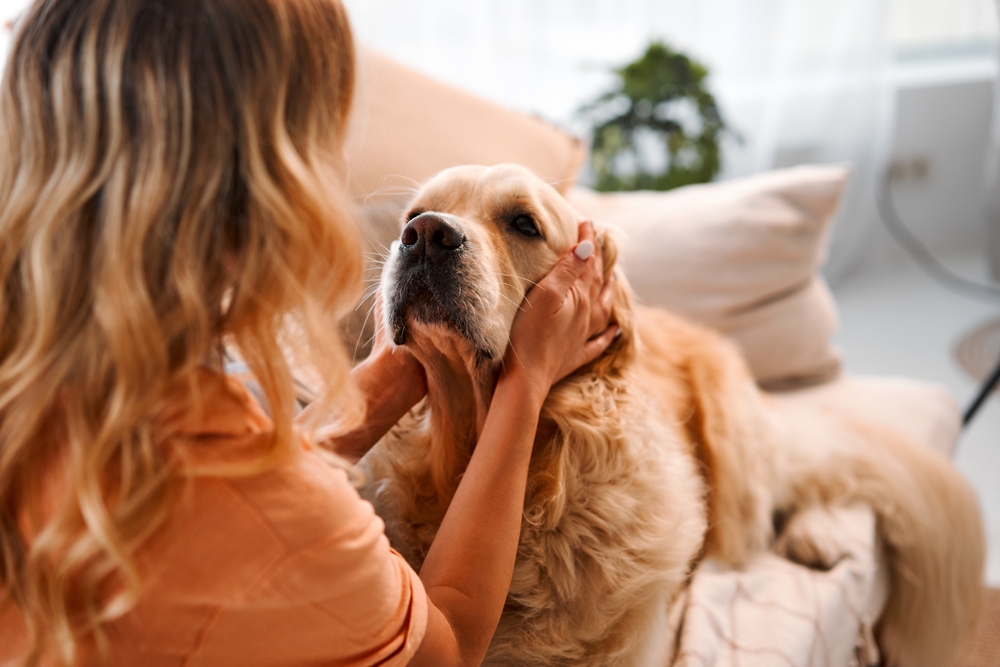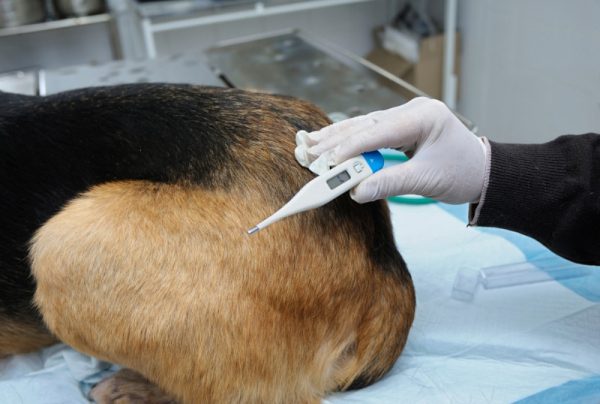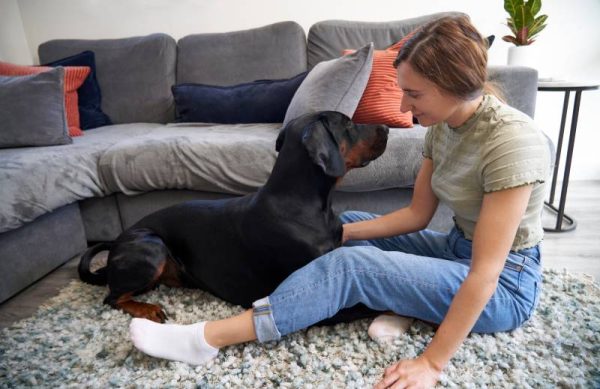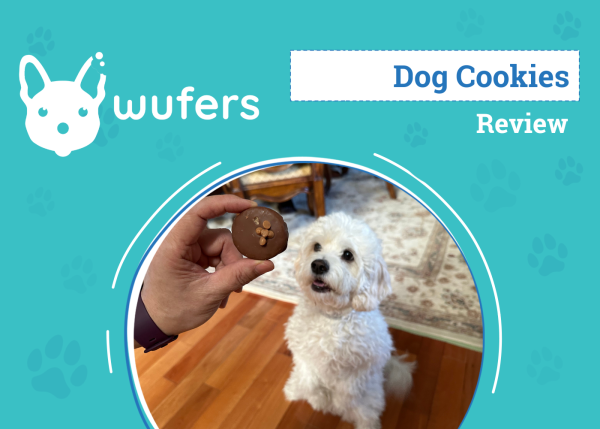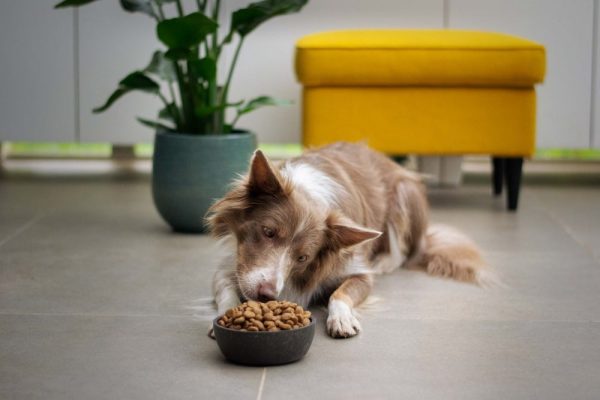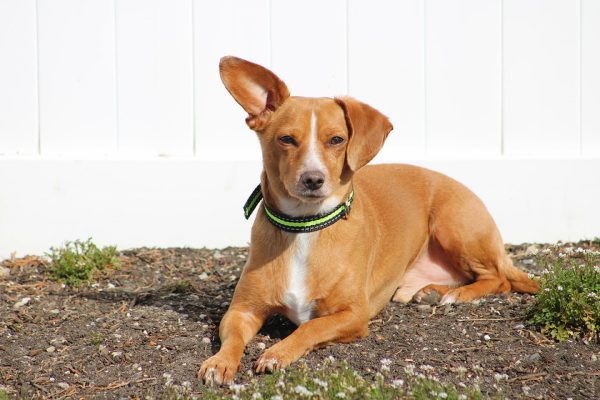In this article
Perhaps you know someone with thin skin. You may feel like you’re walking on eggshells around them, as anything even slightly negative can get her into a tizzy. That’s not too different than living with a sensitive dog. Psychologists have determined that our pets have the emotional capacity of a 2.5-year-old child. They can feel fear, anger, and shyness, but they also know joy and contentment.
Part of being a responsible dog owner is understanding your dog and providing them with a safe environment despite their sometimes negative emotions. The road to a good quality of life for your pooch begins with patience, but here are some tips to adjust to living with a sensitive dog.

The 11 Tips for Living With a Sensitive Dog
1. Rule Out Any Medical Conditions
The first thing you should do with any unusual, challenging or worrisome behavior is to rule out any medical conditions. A dog in pain may act differently than a healthy one. While not as secretive as cats, dogs may hide injuries or illnesses because they leave them vulnerable. Even though canines are predators at heart, they still have survival instincts that influence how they behave and respond. Schedule an appointment with your veterinarian for a health check and to discuss your concerns.
2. Set Up a Routine and Stick to It
A sensitive dog needs reassurance and routine. You can nurture these feelings by setting up a daily schedule that you stick to. You probably feed your dog around the same time every day, and you can add other scheduled elements to your pet’s activities, such as walking or playtime. A routine relieves stress by teaching your pet what to expect and when to expect it. This helps build confidence and trust, vital elements in a respectful relationship.
3. Keep the Chaos Under Control
Life happens. Nevertheless, keeping things calm and under control will go a long way toward making your dog feel more secure. Teach your children to take the roughhousing outside and always use their inside voice in your home. The same advice applies to the adults. Use headphones if you want to jam to some tunes instead of blaring the stereo or TV. Everyone will benefit from a relaxing household, especially your sensitive pup.
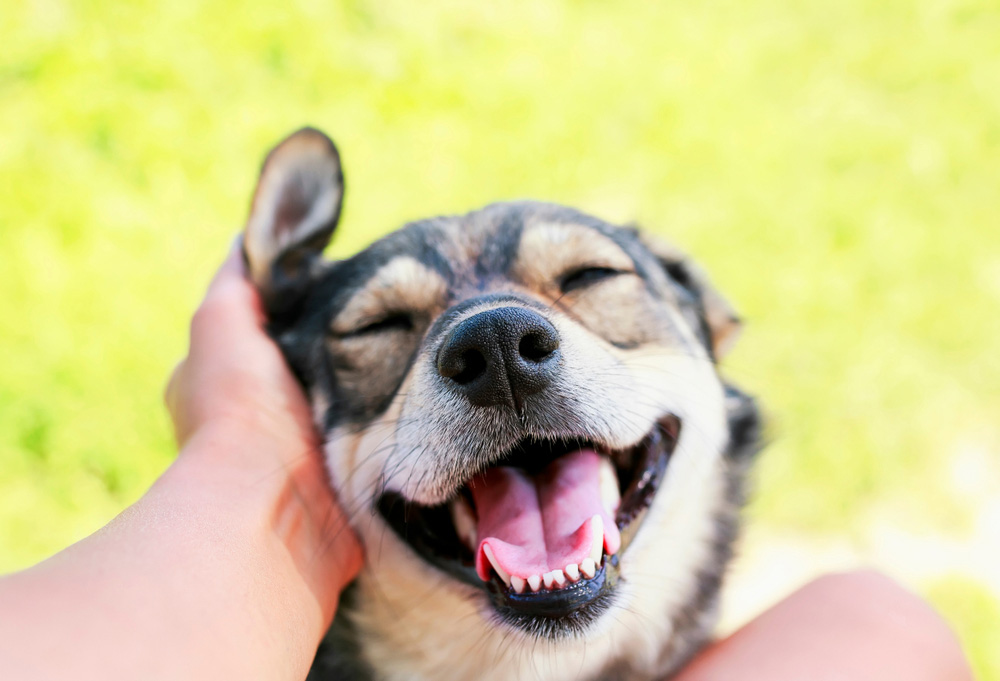
4. Offer Praise to Build Confidence
Sensitive dogs respond negatively to yelling or harsh words. They may cower or become fearful, but you can right the ship by using praise to build their confidence. It’s all right to use an exaggerated tone of voice. Canines can read your emotions remarkably well, so they’ll recognize praise for what it is. They’ll also learn to make positive associations between their actions and your reactions.
5. Calming Activities
Encourage your sensitive dog to engage in calming activities multiple times a day. If they are new to problem solving and puzzles start off easily to build confidence. Offering lick matts, food puzzles and nose work games such as “find me” can be relaxing for your dog and help to build their resilience. These games are often overlooked in favor of more training, often sensitive dogs need more time building skills such as these rather than obedience training.
- Related Read: 10 Best Food Puzzle Toys for Dogs
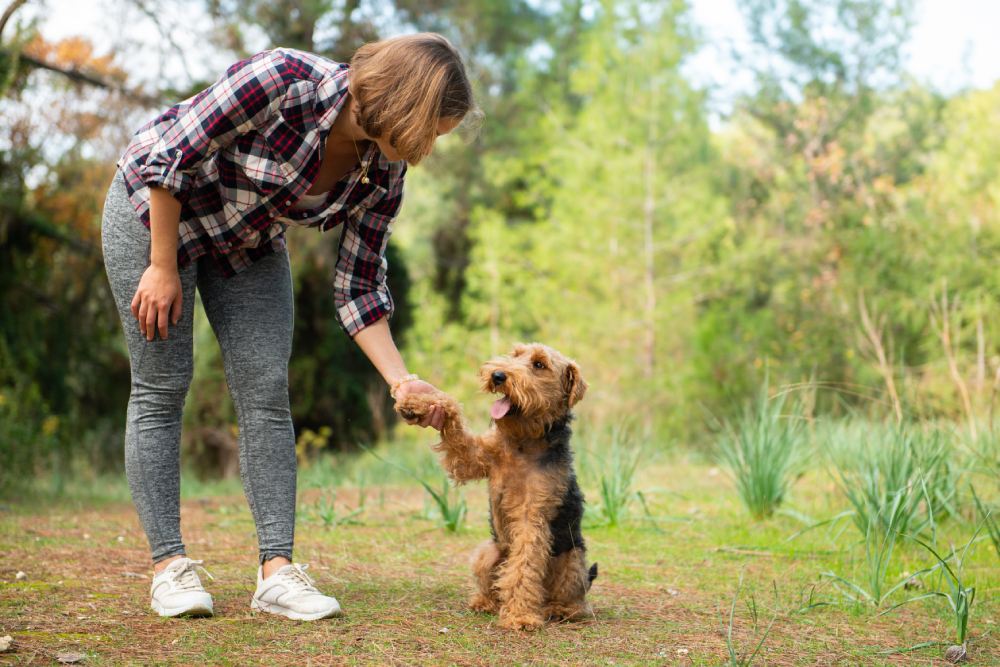
6. Use Classical Conditioning
Classical conditioning is an excellent behavioral modification technique since dogs are so food-motivated. We suggest limiting treats to training aids so that you can use them to build confidence in your dog. The emphasis is on positive associations. You can use them as part of your routine. For example, if your pooch sits when you ask them, they get a reward. Or, if they remain calm while an unexpected guest stops by, they get another treat. It’s simple, but also pretty effective.
7. Be Mindful of Critical Periods in Your Dog’s Development
Two fear impact periods exist in a puppy’s development: 8–12 weeks and 7–14 months. Traumatic events that occur during these times may make a lasting or even lifelong impression on your pet. This can include occurrences such as being bitten by another dog, being scared by a lawn mower or person they have never met. Avoiding negative occurrences is imperative to avoid fueling your dog’s anxiety. Of course, it’s impossible to prevent all negative events, life happens after all. You can build a positive relationship with your pet to work through them.

8. Introduce New Situations Slowly
Likewise, your dog can’t live in a bubble, either. You should introduce novel situations to your pet slowly but deliberately. You can think of them as more opportunities to create positive associations. Over time, your dog will learn to ignore some things because they aren’t threatening or worrisome. Living with a sensitive dog is a lifelong learning experience for both of you, and it requires a lot of patience.
9. Positive Reinforcement Is Your Friend
Positive reinforcement is the best training method for a sensitive dog. Punishing your pet will only cement the negative associations you’re trying to undo. If your pooch misbehaves, it’s best to ignore the behavior and redirect their attention toward something else. Yelling and physical punishment are not a part of the technique and must not be used.
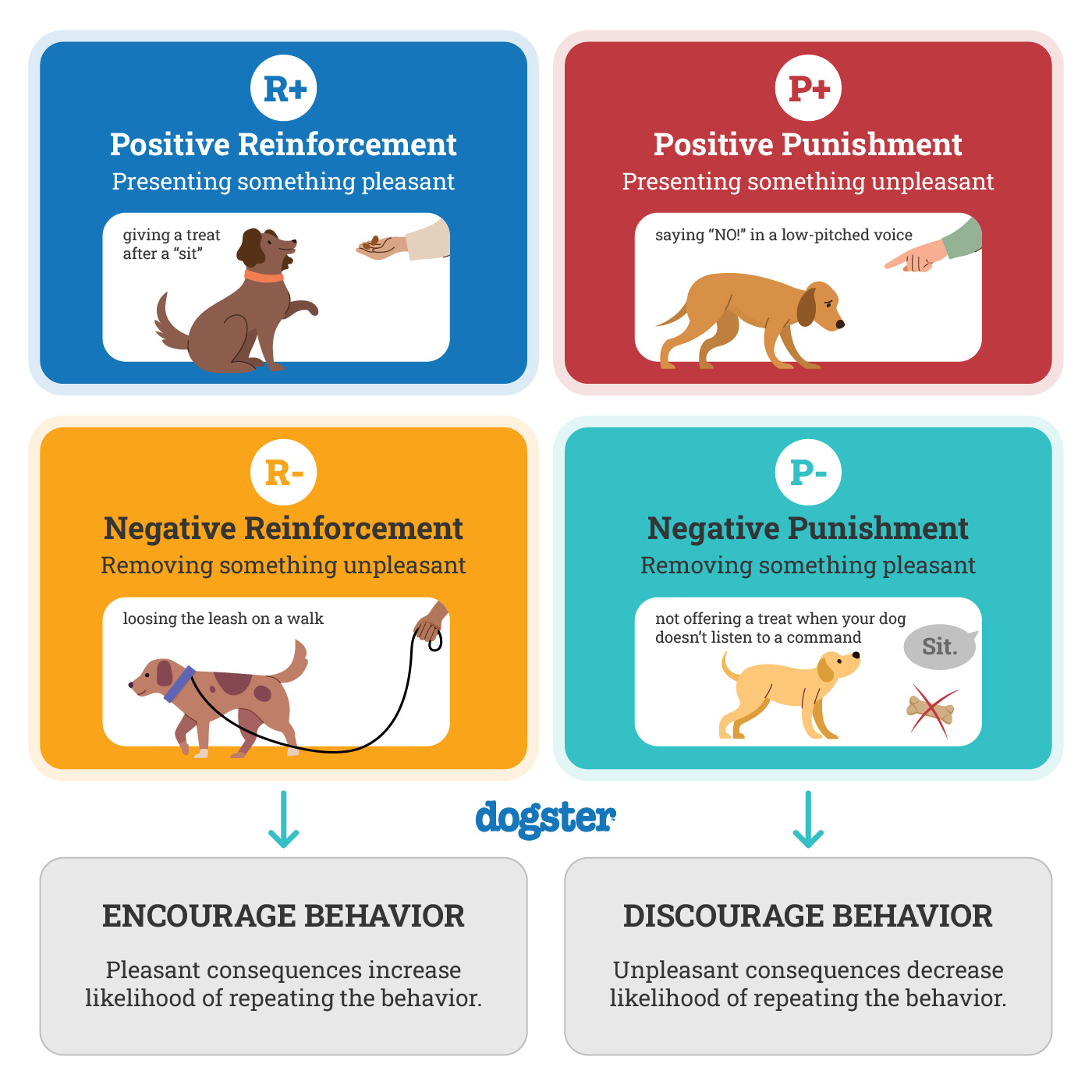
10. Keep a Positive Attitude
Dogs are more alert to your body language and voice than you may think. That’s why it’s essential to keep yourself under control. Try not to get impatient with your pet. Some breeds are instinctively sensitive. However, research has shown that only 9% of canine behavior is tied to the breed. So, if you remain calm and positive, you’re likely going to have a much better outcome, regardless of your pet’s breed.
11. Make Sure Everyone Is on Board
Don’t let all your hard work go for naught. Schedule a family meeting to set the house rules for training your sensitive dog. Make sure everyone understands how necessary it is to maintain a calm household. Let your kids know they shouldn’t yell at your pup, either. Remember that pet ownership is a serious responsibility, and your pup’s well-being depends upon it.


Why is My Dog So Sensitive?
Some breeds, such as Afghan Hounds, are inherently more sensitive than others. That makes researching a dog’s history and personality critical for ensuring a good fit. Interestingly, scientists have found that dogs closer to their wolf ancestors are often more fearful and stressed in response to howling than modern-day breeds. Environmental factors and previous experiences also play a role. You may never know why your dog is sensitive but can help them to enjoy life and feel more comfortable.
One study found that puppies separated from their mothers and littermates before 8 weeks old are more likely to develop unwanted behavior. It’s perhaps no coincidence that it coincides with a dog’s first fear impact period. The researchers also theorized that this occurrence could negatively influence brain development, setting the stage for lifelong problems.

Conclusion
Living with a sensitive dog is challenging. It requires patience and a positive attitude with training and all aspects of rearing a new pet. Remember that behavior is largely molded by the dog’s environment and your role in it. A sensitive pooch can make a delightful pet if their caregivers are aware of their unique needs, but you have to remember to practice a lot of patience when working with them. We recommend seeking the help of a qualified veterinary behaviorist for tailored help and support.
Featured Image Credit: Harbucks, Shutterstock
